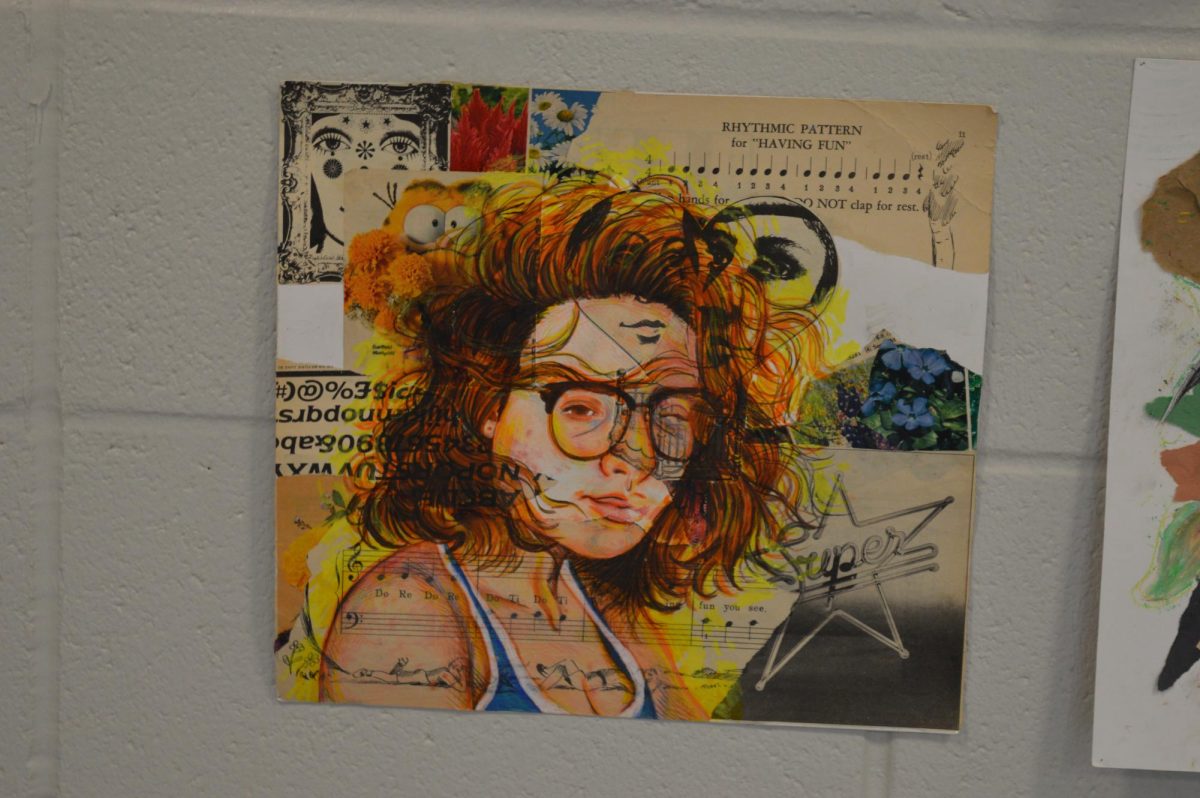The poem, The Charge of the Light Brigade by Alfred Lord Tennyson, is about honoring soldiers’ bravery and sacrifices in the face of adversity. The poem vividly captures the soldier’s unshakable courage in the face of danger and their unwavering dedication to their duty, even if it meant their own lives. In The Charge of the Light Brigade, Alfred L. Tennyson uses repetition, imagery, and personification to emphasize the soldiers’ courage and sacrifice effectively.
Tennyson first utilizes repetition to state the soldiers’ heroism and the price they paid for their service. This is best shown in stanza 2, “Forward, the Light Brigade!” Was there a man dismayed? Not though the soldier knew Someone had blundered. Theirs not to make reply, theirs not to reason why, theirs but to do and die. Into the valley of Death Rode the six hundred.” Tennyson makes clear that these soldiers are willing to fight and push through any obstacle put in front them. This can be inferred by the way Alfred Tennyson repeats the words, “Into the Valley of Death”, this could be argued that the soldiers have no other option but to fight.
Tennyson uses imagery to capture the chaos and intensity of war, portraying the soldiers’ bravery in the face of death. This use of imagery is best shown in stanza 3 when Alfred Tennyson states,” Cannon to the right of them, Cannon to the left of them, Cannon in front of them Volleyed and thundered; Stormed at with a shot and shell, boldly they rode and well, Into the jaws of death, into the mouth of hell, Rode the six hundred.” This best represents the greatest sacrifice these soldiers could make, sacrificing their own lives to fight for what they believe is right. This stanza also contains personification, “Into the jaws of Death” and “into the mouth of hell”, Tennyson personifies death as jaws, to solidify that these soldiers are risking themselves, and to emphasize the intensity these soldiers were put up against.
Thus, it could be concluded that Alfred Tennyson utilizes imagery, personification, and repetition to capture the essence of soldiers’ bravery and sacrifices in war. Through imagery and powerful personification, the poem pays tribute to those fallen warriors’, and serves as a reminder to us all of their timeless tribute to our heroes who fought valiantly and died for their country.




























